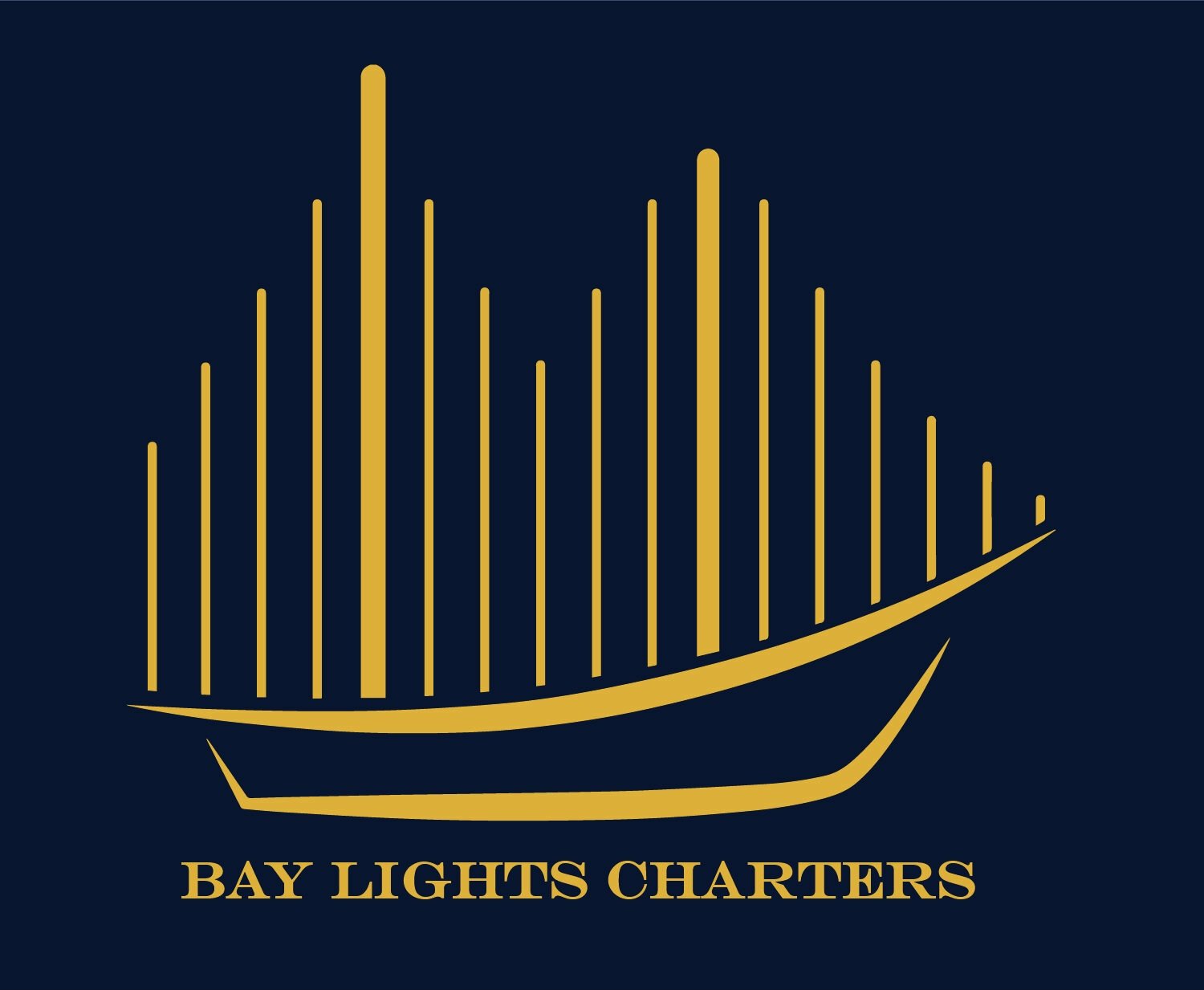Scow Schooners on SF Bay
Scow schooners are a type of stable, flat-bottomed sailing vessel that were commonly used in the San Francisco Bay during the 19th and early 20th centuries. These boats played a crucial role in the development of San Francisco as a commercial and maritime hub, particularly during the California Gold Rush of the mid-1800s.
Scow schooners were first developed in the 1850s as a response to the unique conditions of San Francisco Bay. The shallow waters and strong tidal currents of the bay required a vessel that was sturdy, maneuverable, and could navigate in shallow waters. The scow schooner was the perfect solution, with its flat bottom and shallow draft that allowed it to easily navigate the shallow waters of the bay.
These vessels quickly became popular for a variety of uses, including transportation of goods, fishing, and even as floating homes. However, their greatest impact came during the California Gold Rush of 1849, when thousands of people flocked to the region in search of gold.
The scow schooners played a crucial role in the Gold Rush by providing a reliable and efficient means of transporting people and goods to and from the gold fields. The San Francisco Bay was the primary gateway for miners and their supplies, and scow schooners were the most common vessels used to transport them.
Scow schooners were used to transport everything from mining equipment to food and other supplies needed by the gold miners. They were also used to transport miners themselves, with many miners opting to travel by scow schooner rather than the arduous overland journey.
The scow schooners were also used to transport the gold itself. Once the miners had extracted the gold, it needed to be transported to San Francisco for processing and shipment to the East Coast. Scow schooners were the primary vessels used for transportation of gold from the mines in the Sierra Mountains to San Francisco Bay every day.
The role of scow schooners in the Gold Rush was so significant that they became a symbol of the era, with many paintings and photographs depicting them as an iconic image of the time. Some of the most famous images of scow schooners from the era are the paintings of Albert Bierstadt, who was known for his depictions of the landscapes and seascapes of California during the Gold Rush.
In addition to their role in the Gold Rush, scow schooners also played a key role in the development of San Francisco as a major commercial and maritime center. The scow schooner literally drove the initial economy of early San Francisco. They were used for everything from shipping lumber to transporting oysters, and they remained a common sight on the bay well into the 20th century.
Today, scow schooners are a rare sight on the San Francisco Bay, with only a few remaining in operation. However, their legacy lives on, and they continue to be an important part of the region's history and heritage.
Gas Lights History on SF Bay
Gas Light was a Scow Schooner sailing vessel that operated on San Francisco Bay in the late 19th century. The vessel was built in 1874 in Alameda, California, and was one of the many scow schooners that were used to transport goods and people throughout the bay during that time.
The original Gas Light was a relatively small vessel, measuring just 70 feet in length and 20 feet in width. It was primarily used for transporting goods, including lumber, hay, and other supplies, to and from San Francisco and the gold mines east of Sacramento.
One notable event in the history of the Gas Light occurred in 1887, when it was involved in a collision with another vessel on the bay. According to newspaper reports at the time, the Gas Light was sailing near Angel Island when it collided with the steamship Santa Rosa, causing significant damage to both vessels.
Despite the accident, the Gas Light continued to operate on the bay for many years, and it became a well-known fixture in the region's maritime community. In the early 20th century, the Gas Light was sold to a new owner, who continued to use it for transporting goods and supplies throughout the bay.
However, by the mid-20th century, the use of scow schooners had declined significantly, as newer and more efficient vessels were developed. The Gas Light was eventually retired from service, and it was eventually abandoned and left to deteriorate in a shipyard in Sausalito.
In the early 1990s, a group of local history enthusiasts and marine architects decided to create a historic re-creation of the original Gas Light. The group, headed by Sausalito builder, Billy Martinelli designed and built a near-exact replica out of modern materials and certified it for passenger service through the U. S. Coast Guard.
The design, construction and certification of the modern Gas Light was completed in 2000. The ten year project was a labor of love. Mr. Martinelli decided to keep much of the original scow schooner design, including the steering system, rigging and sail plan.
Today, the Gas Light is a beloved fixture on the San Francisco Bay, and it continues to be used for educational and historical tours of the region. Visitors to the bay can book a tour on the Gas Light and experience the thrill of sailing on a piece of history.
The Gas Light is a testament to the rich maritime history of San Francisco Bay and it serves as a reminder of the important role that scow schooners played in the development of North America.


